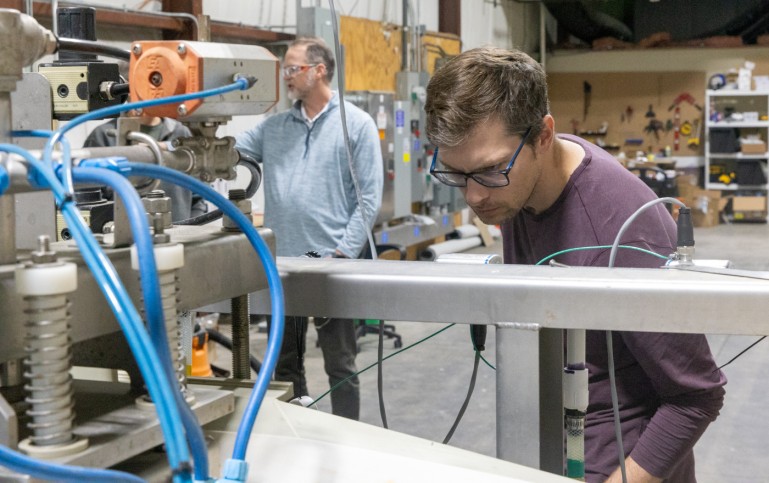Researchers have developed a model that could boost investment in farm-based sustainable energy projects by allowing investors to more accurately predict whether a project will turn a profit.
A survey of more than 6,200 faculty at 46 land-grant universities and colleges in the U.S. revealed that most faculty prioritize engaging with the public about science but feel isolated in their outreach work.
An ultrathin coating developed by University of Wisconsin-Madison engineers upends a ubiquitous physics phenomenon of materials related to thermal radiation: The hotter an object gets, the brighter it glows.
The University of Wisconsin–Madison’s Wisconsin Initiative on Climate Change Impacts will contribute climate data informing the work of a state task force charged with advising Wisconsin Gov. Tony Evers on climate change adaptation and mitigation.
Media coverage of WEI this month focused on grid research, bacteria's role in our lives, carbon capture, and science outreach.
Six researchers from UW–Madison and the Wisconsin Energy Institute (WEI) have been named to Clarivate Analytics’ 2019 list of “Highly Cited Researchers.” Those named include James Dumesic, professor of chemical and biological engineering; George Huber, professor of chemical and biological enginee
Professor Mikhail Kats wins the 2020 IEEE Photonics Society Young Investigator Award for contributions in the fields of nanophotonics and optical materials, especially for metasurfaces, optics with phase-transition materials, and thermal-emission engineering.



